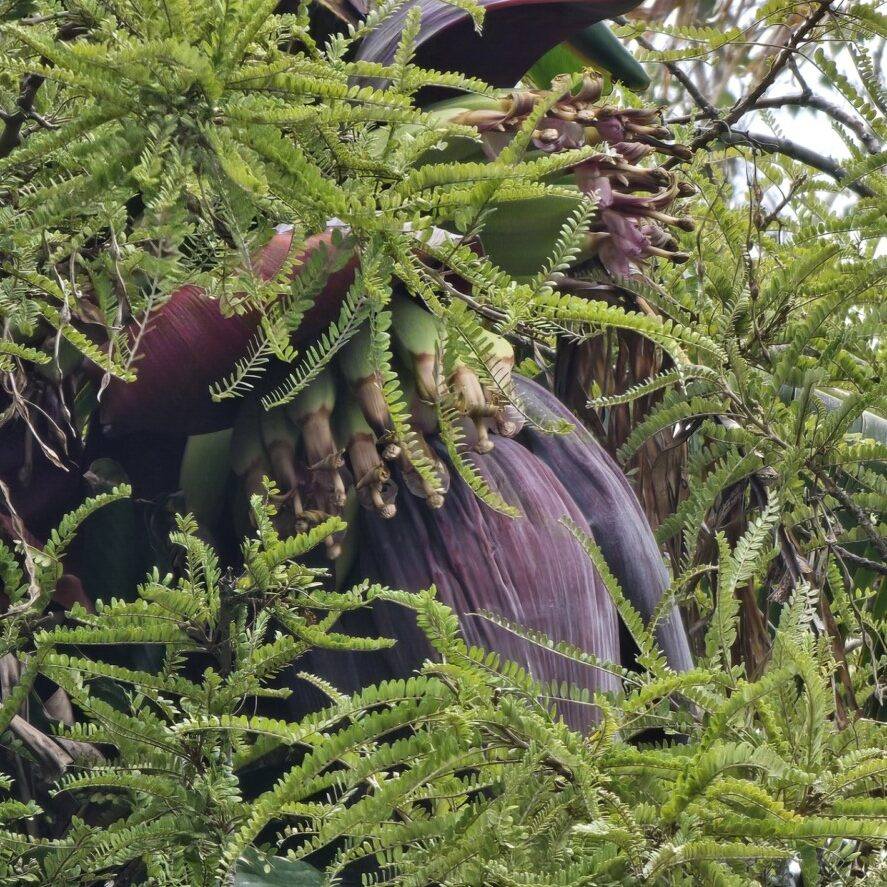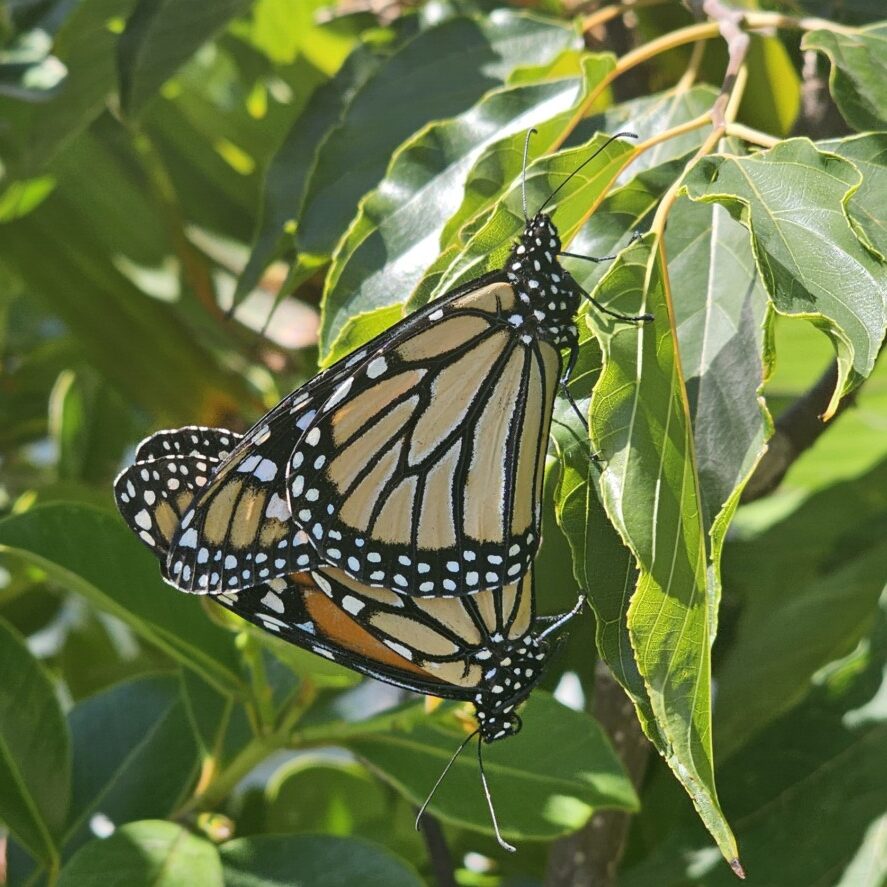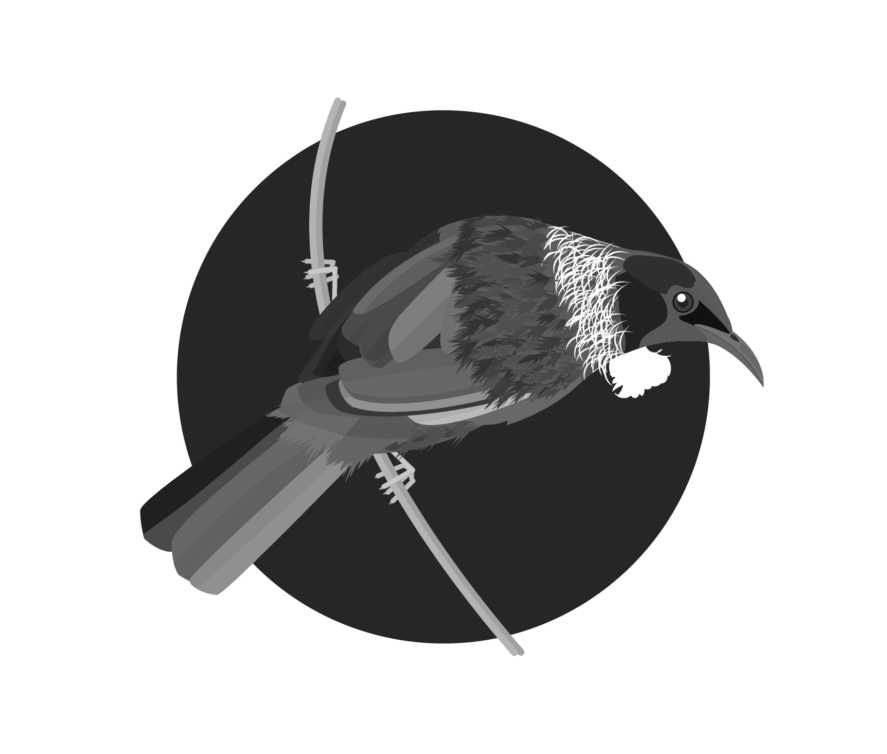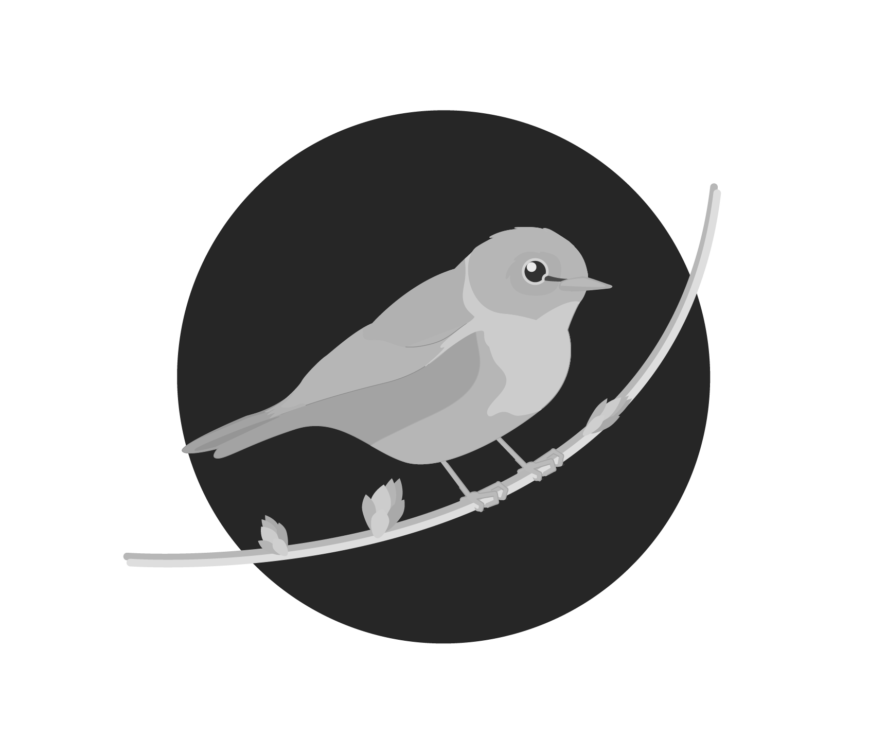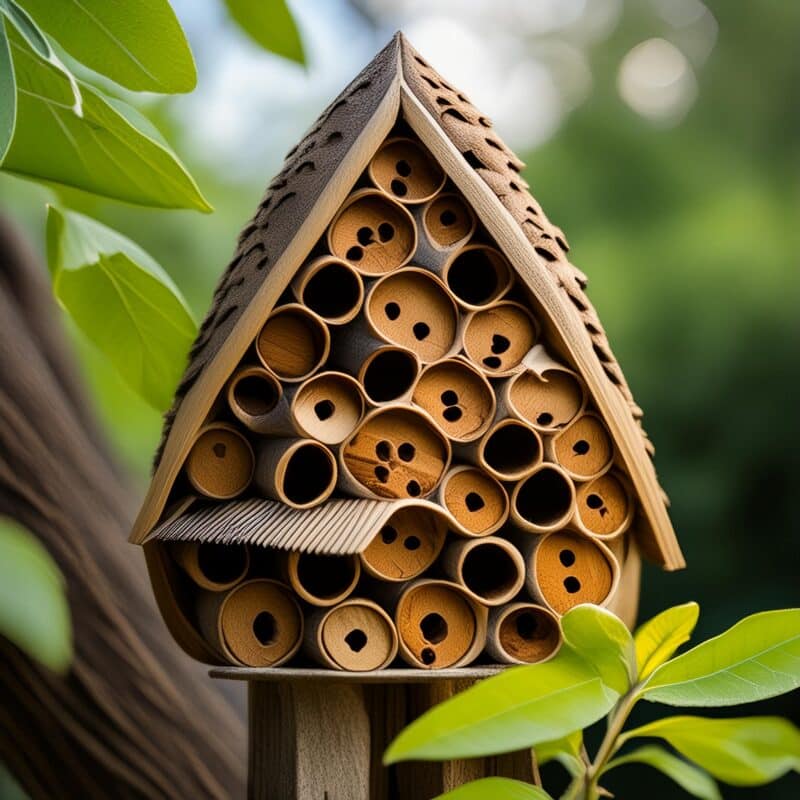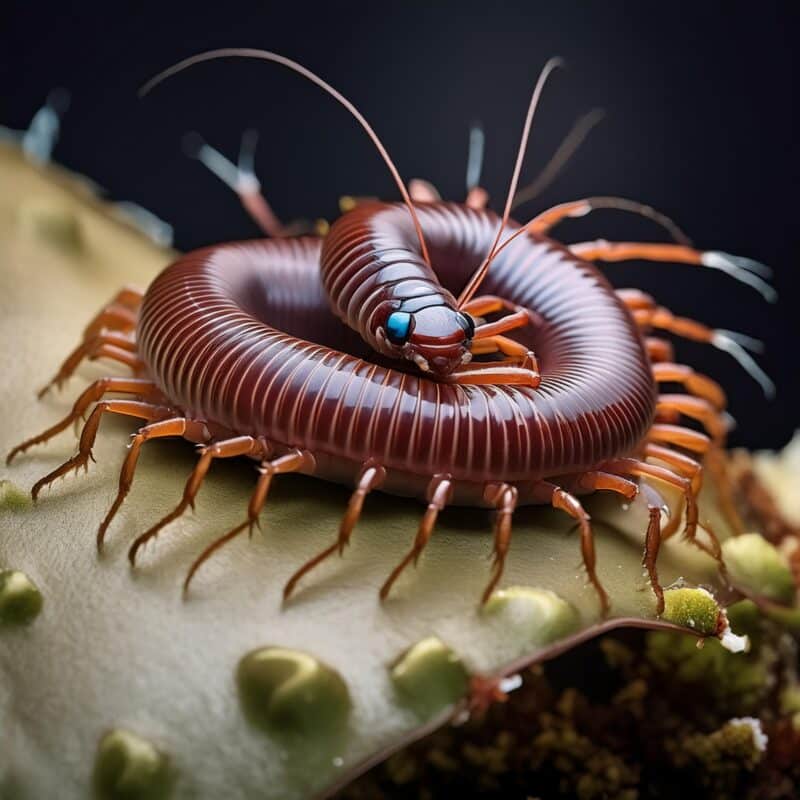
Tag Archives: pollinators
Integrating Native Plants into Your Urban Food Forest for Enhanced Biodiversity
Welcome to the Troppo.nz blog! Today, we're diving into a fantastic way to make your urban food forest even more vibrant and beneficial: by weaving in some of our amazing native New Zealand plants. You might be thinking, "Food forest? Native plants? Do they even go together?" The answer is a resound...
Attracting Pollinators to Your Urban Food Forest: Essential Plants and Techniques
Welcome, green thumbs and aspiring urban farmers! Here at Troppo.nz, we believe that even in the heart of our towns and cities, we can cultivate thriving food forests bursting with life. A crucial ingredient for a successful and productive urban food forest is a healthy population of pollinators. Th...
Tui
The Unique Tui of New Zealand
The Tui (Prosthemadera novaeseelandiae) is one of New Zealand's most distinctive and beloved native birds. Known for its iridescent plumage and complex vocalizations, the Tui is a common sight in forests, gardens, and urban areas across the countr...
Silvereye
The Charming Silvereye of New Zealand
The Silvereye (Zosterops lateralis), also known as the Wax-eye, is a small, attractive bird native to New Zealand. Recognizable by its distinctive white eye-ring, the Silvereye is a common and endearing presence in gardens, forests, and urban areas acro...
Ready to create a cozy retreat for insects, also known as a bug hotel?
Insects play a crucial role in our environment, from pollinating crops to providing various services. They aerate soil, control pests, and produce useful substances like honey, wax, and silk.
Agriculturists have devised a simple and effective way to support these tiny helpers: bug hotels. These c...
What’s a Minibeast? The Tiny Titans of the Backyard!
Hey there, fellow explorers of the great outdoors! 🌿 Ever found yourself peering into the grass, only to be greeted by a tiny, scurrying creature and wondered, “What on earth is that?” Well, my friend, you’ve just encountered a minibeast! But what exactly is a minibeast, and why are they so fascinat...

